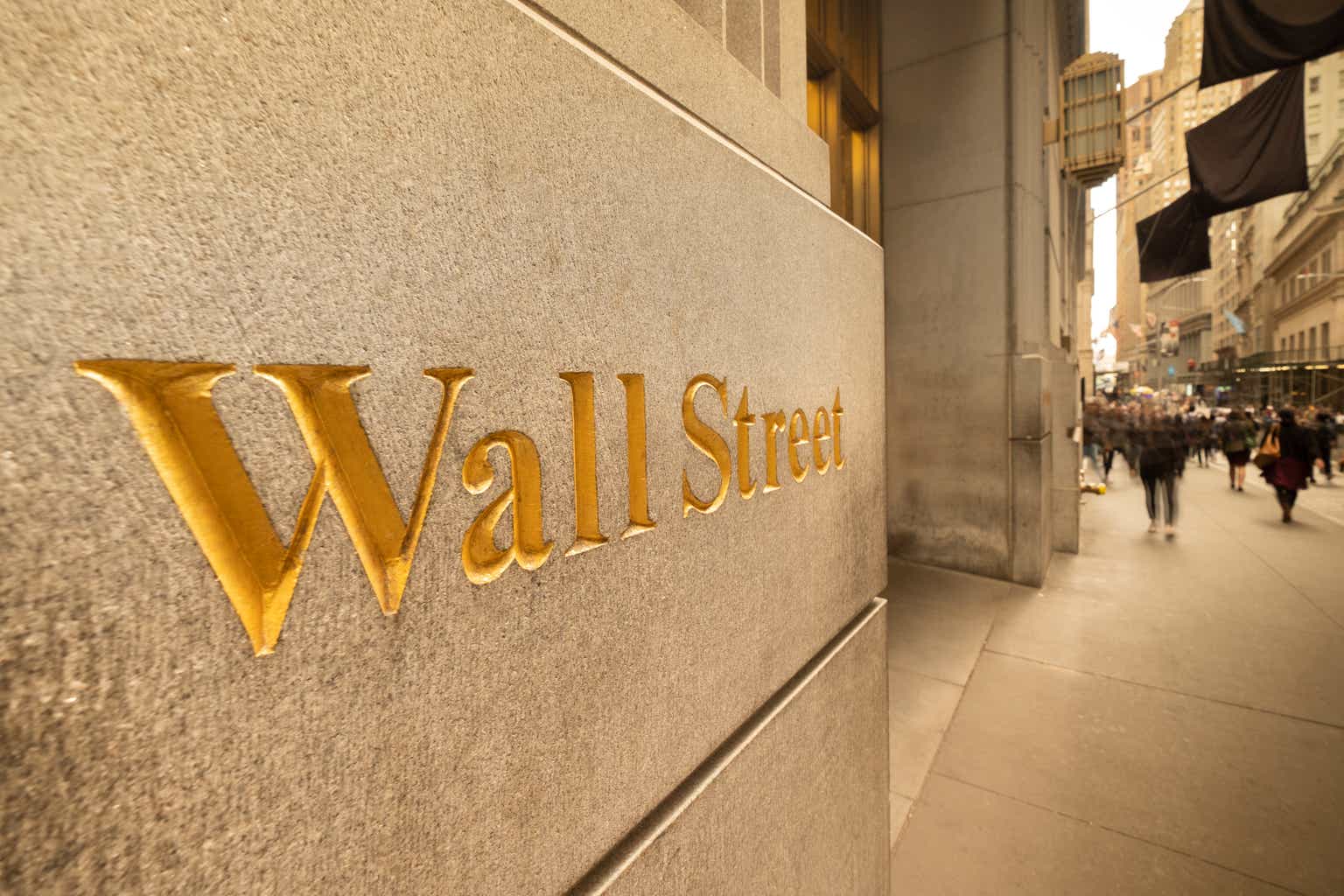Wall Street Breakfast: What Moved Markets

The benchmark S&P 500 (SP500) closed out a tough five trading days on Friday with its worst weekly performance in over a year. The decline saw the index slip below the key 5,000-point level for the first time since late February. This week’s retreat was driven by stronger-than-anticipated economic data, which, coupled with hawkish Fedspeak, led market participants to dial back their interest rate cut expectations as they realized that the central bank is in no rush to ease monetary policy. Furthermore, geopolitical concerns over Israel and Iran, along with a stubborn bond sell-off, also put pressure on equities. Disappointing quarterly reports from Dutch semiconductor equipment maker ASML (ASML) and the world’s largest contract chipmaker, Taiwan Semiconductor Manufacturing (TSM), pulled down chip stocks, dragging down the technology sector. For the week, the S&P 500 (SP500) dipped -3.1%, the tech-heavy Nasdaq Composite (COMP: IND) lost ground by -5.5%, and the blue-chip Dow (DJI) eked out a slight gain of +0.01%. Read a preview of next week’s major events in Seeking Alpha’s Catalyst Watch.
The market reaction to Iran’s unprecedented strike on Israel was contained, as the region’s path to an all-out war seemed to be contained (so far). The same occurred following a suspected Israeli response across the cities of Isfahan and Tabriz in Iran. Whether the tensions will subside is anyone’s guess, but stocks and crude oil got over any initial shock. Elsewhere, the U.S. announced new sanctions on Iran’s missile and drone program, while S&P Global cut Israel’s rating by a notch due to increased defense spending and expectations of widening deficits. Even as geopolitical tensions continue to rise, half of WSB’s readers aren’t hedging their portfolios. (100 comments)
The U.S. federal government sped ahead with its plans to boost semiconductor chip production. Micron Technology (MU) was the latest to be awarded a $6.1B grant to support its planned projects for advanced memory computer chips in Idaho and New York. The planned megafab in The Empire State will be “the best thing that’s happened probably since the Erie Canal” for the Syracuse area, according to Senate Majority Leader Chuck Schumer (D-NY). Samsung (OTCPK:SSNLF) was also awarded up to $6.4B in grants on Monday, with all grant funding under the CHIPS Act expected to be allocated by the end of this year. (26 comments)
The much-awaited Fed pivot materialized, but it wasn’t what investors had been expecting. The change was supposed to signal that the central bank finally reversed course on its contractionary monetary policy path, which has been in place since March 2022, but policymakers are now formally taking a step back from those forecasts following three consecutive months of stronger-than-expected inflation readings. “The recent data have clearly not given us greater confidence and instead indicate that it’s likely to take longer than expected to achieve that confidence,” Powell said at an event at the Wilson Center in Washington, D.C. (136 comments)
Netflix (NFLX) initially rose, but then pulled back 4.8% AH on Thursday, following strong Q1 results and subscriber growth that once again surpassed expectations. The streamer saw double-digit gains amid a password crackdown, but attention settled on the fact that Netflix will stop reporting subscriber numbers entirely, starting in Q1 2025. The company also issued soft Q2 guidance, given last year’s growth re-acceleration. Despite having different takes on the results, Investing Group Leaders Long Player and Michael Wiggins De Oliveira both believe Netflix is no longer a growth stock. (11 comments)
Bitcoin (BTC-USD) underwent a once-every-four-years software update in the blockchain that has historically been hyped as a positive catalyst for the highest-profile cryptocurrency. The quadrennial halving event, which was said to have happened on Friday, occurs when bitcoin miners’ reward for validating transactions is slashed in half, essentially reducing the rate at which new tokens are created by 50%. Bitcoin already reached a record high of $73.8K in mid-March as the green light for spot bitcoin ETFs spurred strong demand for the token, adding to bullish analyst calls despite bears drawing comparisons to past speculative bubbles. (89 comments)
Original Source
